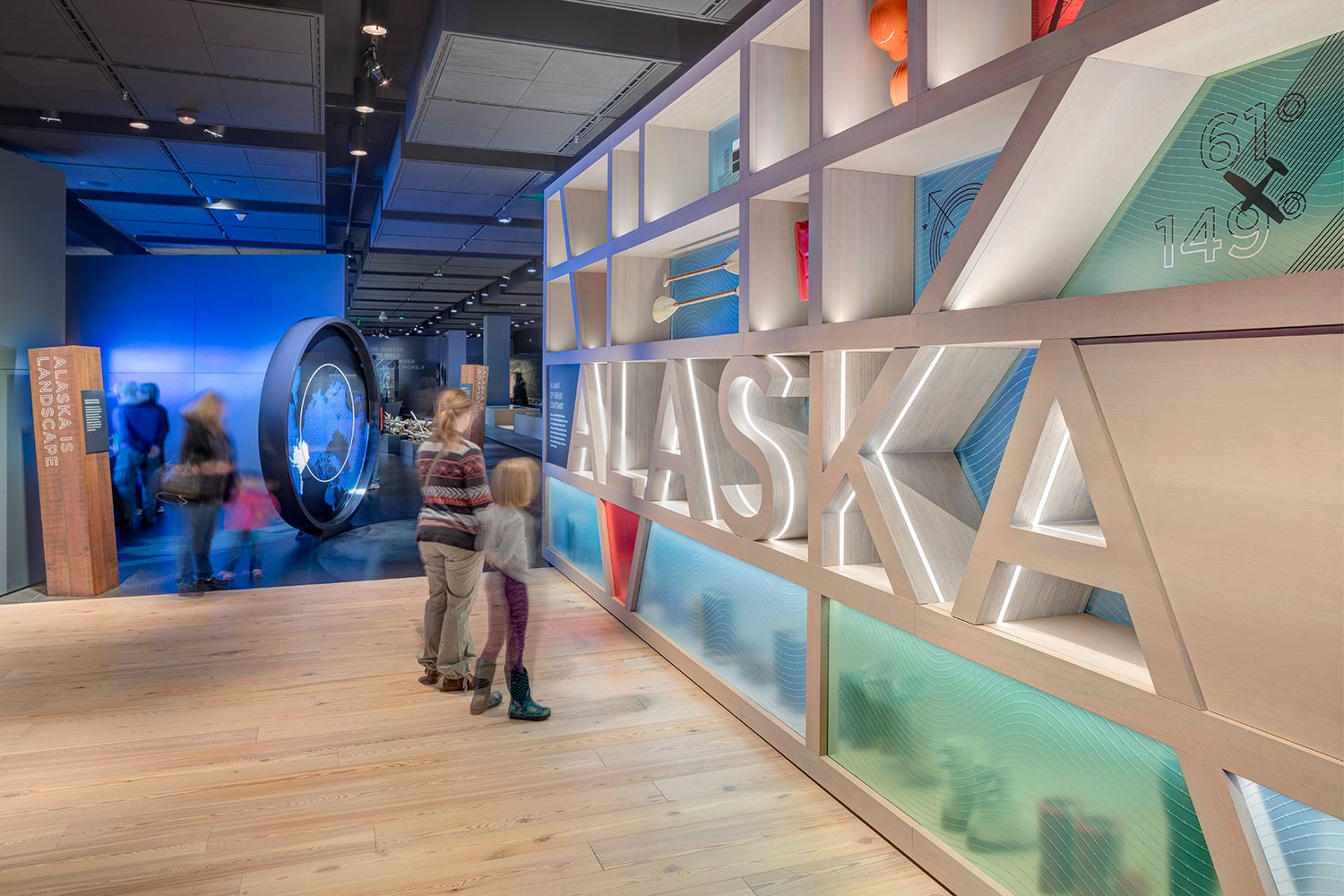
Curating the Future
By Dr. Julie Decker
In the fall of 2017, the Anchorage Museum opened a new wing and a major new exhibition about Alaska. Major capital projects with complex public/private partnerships made the expansion possible. With these spaces, the Museum has dedicated galleries for its mission to tell the story of the North through art, design, history, science, and culture.
For years, museums were focused on protecting objects, forced to defend funding and become risk-adverse in order to survive and find longevity. But changing community needs along with new modes of engagement create imperatives for museums to serve the community in ways that extend beyond traditional institutional formats and settings. Museums must now be multifaceted institutions, less about what’s on display than on being a broader community catalyst.
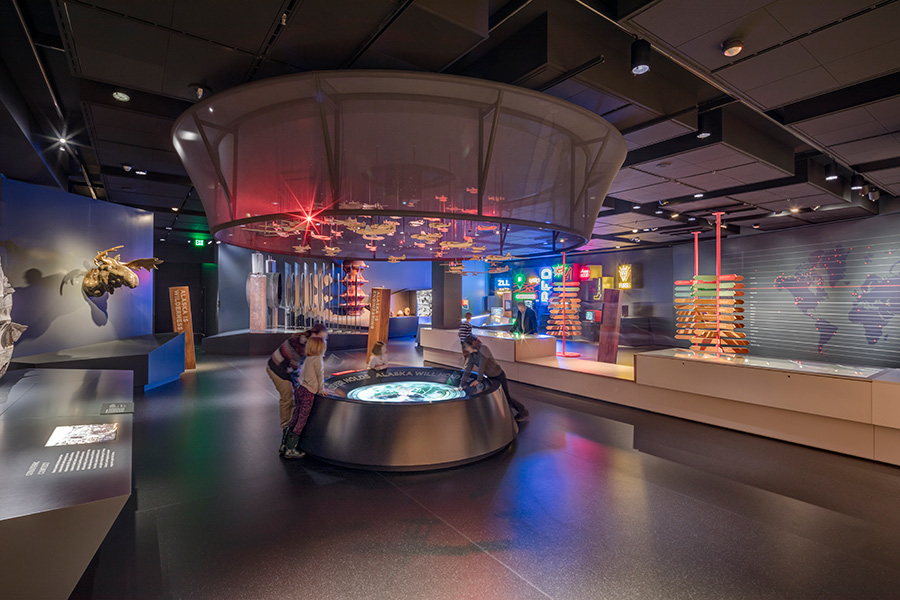
Museum Photos by Kevin G. Smith Photography © 2018
The Anchorage Museum has responded to this imperative by connecting with the public in new and deeper ways, strengthening the social and institutional networks that support community well-being and partnering with other individuals and organizations to spark positive change. With its aspirational building and architecture, professional staff, and commitment to knowledge and innovation, the Anchorage Museum is adding capacity to its public realms, addressing broader community needs, spurring community development, and facilitating conversations around social change.
Museums have long reflected the importance of creativity by giving artists, thinkers, and change makers visibility through programs and exhibitions. Today, museums must learn to apply to their own institutions what they have celebrated in others: creativity, innovation, critical thinking, and risk-taking. They must be innovative in their management structures by engaging in open-ended thinking, pushing the boundaries of technology, applying design thinking, embracing technology, and acting with empathy.
Those of us charged with preserving and celebrating people and movements that changed history must embrace this mindset to become changemakers ourselves. Leading one of the largest cultural institutions in the region is therefore much more than running a facility and ensuring the preservation of the objects it holds. It requires managing change, developing a nimble structure for a large institution, and redefining roles to be outward-facing, public-serving, and creative.
Museums are storytellers. Throughout the last five years, the Anchorage Museum has demonstrated that it can play a powerful role in building a place-based narrative for Anchorage, for Alaska, and for the Arctic that encompasses centuries of history and local knowledge as well as contemporary movements.
We have looked for ways to tell stories in unexpected ways. We “hack” the code of off-the-shelf digital products, like Nanoleaf panels, to convey abstracted Arctic landscapes or provide real-time weather reports, developing large-scale installations that create experiences rather than traditional exhibitions. We take the lifeways of our place and turn them into innovative programs, such as Urban Homesteading, which explores traditional skills – home remedies, low-waste kitchens, bee-keeping, and harvesting and preserving food – for modern sustainable living. Instead of just labels on a wall, we turn content into vinyl records, augmented reality, and silent discos.
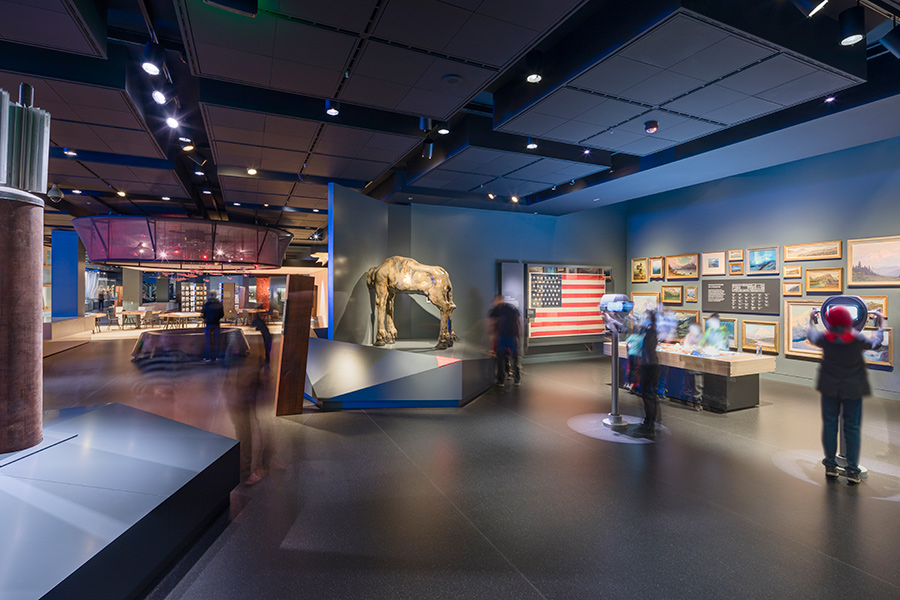
We recently worked with artist John Grade to create a life-sized pingo (a large mound of earth-covered ice found in the Arctic tundra) in the form of a mechanical and kinetic sculpture, add mixed reality through Google HoloLens, and tour it around the world. We have supported projects exploring the role of tattoos in Arctic cultural identity and the hip-hop influences in pan-Arctic and indigenous cultures.
Place-based narratives are a critical way we tell the story of our Northern home and connect them to the stories of people and landscapes around the world. Alaska has a distinct and resilient story, one that is not about disruption but about endurance and innovation. Our resilience is based on local knowledge and fierce optimism, with a belief in entrepreneurship as a way to see opportunity where others may not. Alaska, and its counterparts in other Arctic nations, have an opportunity to add depth and knowledge to contemporary ideas and definitions of urban and rural resilience.
Today, Anchorage’s streets and schools and neighborhoods are full of the sounds of many languages, and that is true across Northern nations and Arctic villages as well. From the 20 Indigenous languages of Alaska to the 100 languages of relative newcomers, we have a powerful story to tell that is not just one perspective but many. This, too, requires change and agility. Museums are pursuing what are known as empathetic approaches, representing the whole community and making a space for all. Applying the perspectives of contemporary artists and designers to solutions, connectivity, and storytelling creates rich conversations about resilience, place and identity—conversations that empower positive ideas for the future.
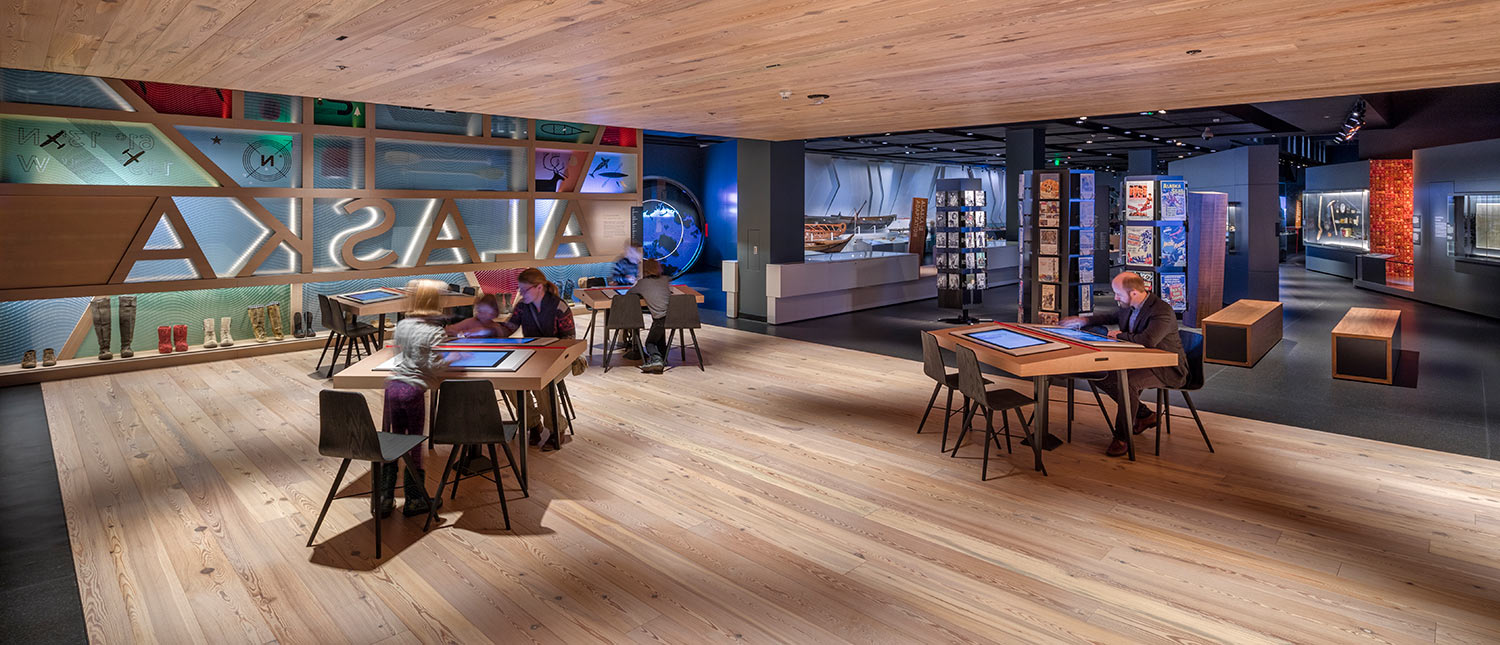
The latest trend in business is to apply design thinking outside of its originating field. Design is about applying a method for solving difficult and chaotic problems and a conscious effort to apply meaningful order across disparate ideas. Some of the things I’ve valued in managing change are creativity, lateral thinking, intuition, and being solution-focused. Empathy, integrative thinking, optimism, experimentalism, and collaboration are the qualities I embrace as I work to steward and ensure a relevant institution.
Information, artifacts, activities, services, systems, and environments are all part of the scope of leadership to examine, reconsider and shape. Iteration is key—it’s important to continually examine our approaches, our work and ourselves in ways that can lead to exceptional team performance. In managing change and understanding relevance, experimentalism is not about inventing chaos. It is about discovering success and failure—both of which have value in how we learn, how we move forward, and how we best tell the stories of our place.
I’m interested in how the Museum can be a conduit, a provocateur, a shepherd, and a motivator. I see the need to embrace ambiguity, seek opportunity, tame chaos, and empower ideas. Internally and externally, museums should be continually prototyping a more desirable future. The new wing of the Museum gives form to ideas and provides an anchor for the city to convey a hopeful future. A thriving museum is a sign of a thriving community. Change is a constant. Change makers are those who see opportunity and encourage optimism—for all that we can imagine.
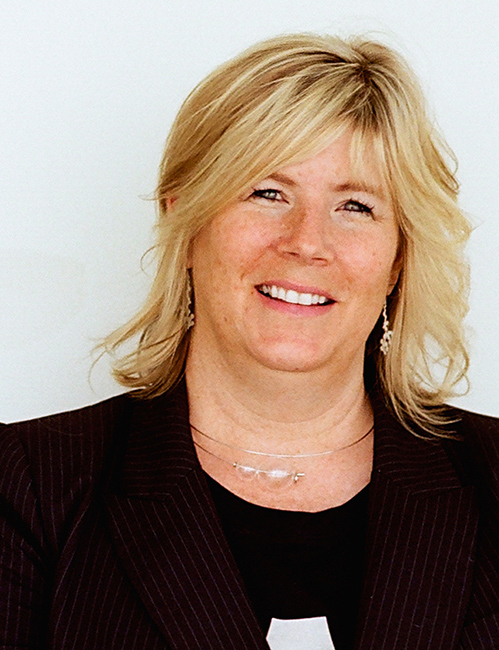
Julie Decker, PhD, is the Director/CEO of the Anchorage Museum in Alaska, which is a leading center for scholarship, engagement, and investigation of Alaska and the North. Decker’s career has been focused on the people and environment of Northern places and building projects and initiatives that are in service to local and global communities. Before becoming Director/CEO, Decker served as the Museum’s Chief Curator. She has a doctorate in art history, a master’s degree in arts administration, and bachelor degrees in fine arts and journalism. She has curated and designed numerous exhibitions, taught classes, and authored and edited numerous publications on subjects ranging from contemporary art and architecture of the North to many aspects of the Arctic environment and histories.
Julie Decker, PhD
Director/CEO
Anchorage Museum
jdecker@anchoragemuseum.org